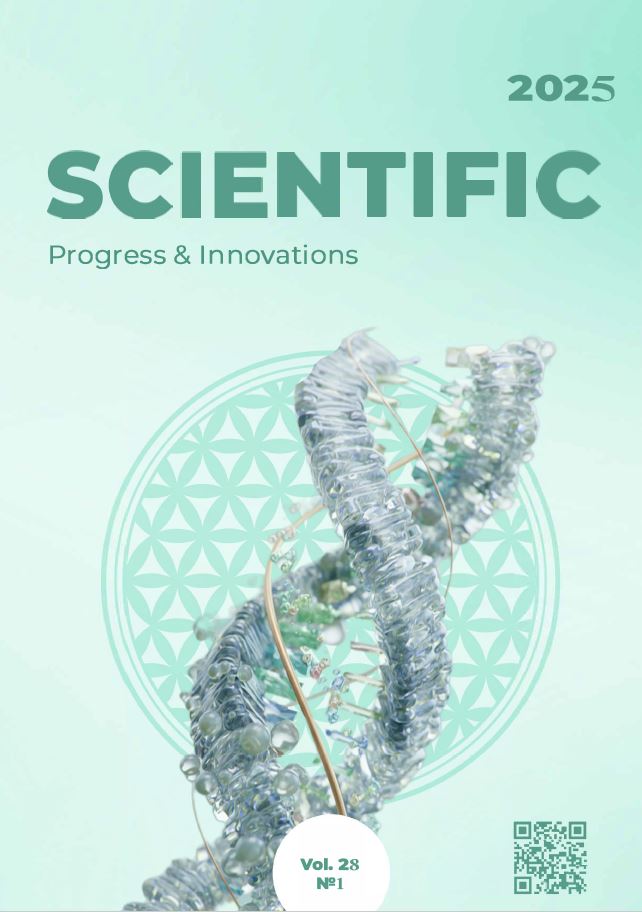Номенклатура у сфері безпеки харчової продукції
DOI:
https://doi.org/10.31210/spi2025.28.01.36Ключові слова:
нормативні документи, нозологія, номенклатура, паразити, продукція, безпечність, післязабійний оглядАнотація
Харчова промисловість України включає в себе понад сорок різноманітних галузей виробництва, в тому числі м’ясну. Важливо гарантувати високу якість цієї продукції, оскільки м’ясо та м’ясні продукти є невід’ємною частиною щоденного раціону людини. Для України продовольча безпека набула особливої гостроти в умовах воєнного стану, але моніторинги постійно проводяться, вони охоплюють перевірку м’ясної сировини. Щорічно на м’ясопереробних підприємствах і в державних агропродовольчих лабораторіях ринків вилучається значна кількість продукції через інвазійні хвороби. Скупчене утримання різновікових тварин у господарствах різних формах власності, недостатнє фінансування безпосередньо впливає на поширення збудників паразитозів. Численні публікації підтверджують циркуляцію гельмінтозів саме в невеликих господарствах, де не систематично проводяться ветеринарні обробки, тому післязабійний огляд тварин важливий для постановки діагнозу. Водночас слід зазначити, що у ході побудови наукових назв інвазійних хвороб, в яких містяться латинські і грецькі корені, та у назвах зоопаразитів за визначення їх систематичного положення часто простежується неузгодженість, що заважає правильно діагностувати хвороби та вказує на відсутність чіткості, ясності, порядку ветеринарно-санітарної оцінки. Дотримання законів на системній основі потребує чітко визначених рамок його регламентування із розумінням термінології. Тому метою даного дослідження є аналіз чинного законодавства в сфері безпеки харчової продукції, уніфікація паразитологічних термінів. Автори проаналізували національні нормативні акти, накази та офіційні видання. У статті наведено розбіжності у назвах хвороб інвазійної етіології. Доведено, що термінологія, передбачена в паразитології та ветеринарно-санітарній експертизі, не цілком корелюють між собою: у них по-різному визначено назви – старі та нові. Стаття визначає необхідність уніфікації назв інвазійних хвороб згідно міжнародної класифікації, особливо під час післязабійної оцінки туш та продуктів забою у разі підозри або виявлення інвазійних хвороб тварин. Водночас автори акцентують увагу на можливий перебіг міксінвазій й відповідно важкість перебігу хвороби, особливість діагностики, санітарні показники продукції тваринництва. Для удосконалення наявних законодавчих актів доцільно переглядати їх із залученням вузькопрофільних фахівців, в тому числі паразитологів. Таким чином, наведені уніфіковані приклади нозології гельмінтозів, які відповідають міжнародним правилам, повинні впроваджуватися в навчальний процес вищих навчальних закладів як з дисципліни паразитологія, так і ветеринарно-санітарна експертиза.
Downloads
Опубліковано
Як цитувати
Номер
Розділ
Ліцензія
Авторське право (c) 2025 Scientific Progress & Innovations

Ця робота ліцензується відповідно до Creative Commons Attribution 4.0 International License.

 Creative Commons Attribution 4.0 International Licens
Creative Commons Attribution 4.0 International Licens